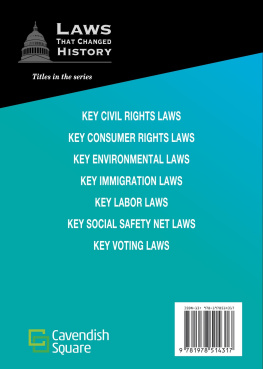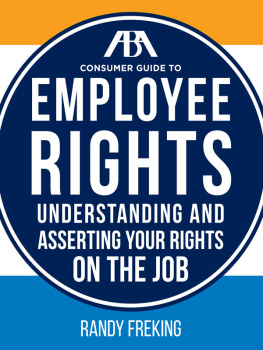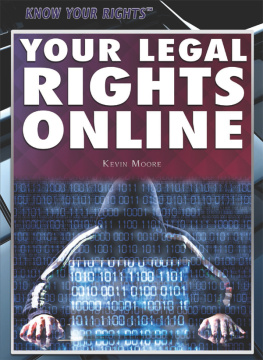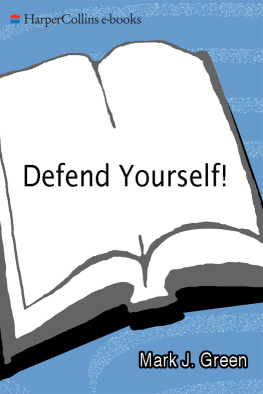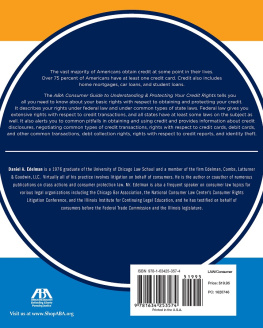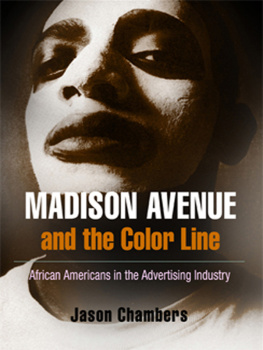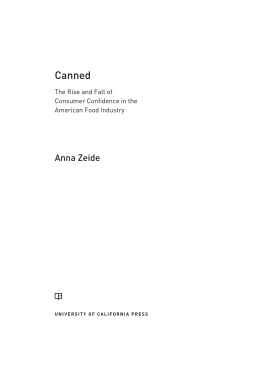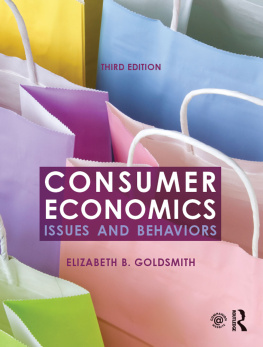
Published in 2020 by Cavendish Square Publishing, LLC
243 5th Avenue, Suite 136, New York, NY 10016
Copyright 2020 by Cavendish Square Publishing, LLC
First Edition
No part of this publication may be reproduced, stored in a retrieval system, or transmitted in any form or by any meanselectronic, mechanical, photocopying, recording, or otherwisewithout the prior permission of the copyright owner. Request for permission should be addressed to Permissions, Cavendish Square Publishing, 243 5th Avenue, Suite 136, New York, NY 10016. Tel (877) 980-4450; fax (877) 980-4454.
Website: cavendishsq.com
This publication represents the opinions and views of the author based on his or her personal experience, knowledge, and research. The information in this book serves as a general guide only. The author and publisher have used their best efforts in preparing this book and disclaim liability rising directly or indirectly from the use and application of this book.
All websites were available and accurate when this book was sent to press.
Cataloging-in-Publication Data
Names: MacCarald, Clara.
Title: Key consumer rights laws / Clara MacCarald.
Description: New York: Cavendish Square Publishing, 2020. | Series: Laws that changed history | Includes glossary and index.
Identifiers: ISBN 9781978514317 (pbk.) | ISBN 9781978514324 (library bound) | ISBN 9781978514331 (ebook)
Subjects: LCSH: Consumer protection--Law and legislation--United States--Juvenile literature.
Classification: LCC KF1610.M294 2020 | DDC 343.73071--dc23
Printed in the United States of America
Photo Credits: Cover, p..
CONTENTS
Introduction
S tarting in October 2018, a handful of North American consumers became ill. Some illnesses were so severe that people required hospital stays. All the victims had symptoms of food poisoning by Escherichia coli, or E. coli. Depending on the specific strain, this bacterium can cause stomachaches, bloody diarrhea, fevers, and, in extreme cases, death.
E. coli bacteria live in the guts of humans and other animals. From there, the bacteria can find their way into waterways and onto croplands. People can also spread the bacteria directly to food when they dont wash their hands after using the bathroom. Cooking kills E. coli, but consumers can encounter the bacteria in raw or undercooked food as well as in food that was contaminated after being cooked.
Although the 2018 victims all came into contact with E. coli, they did not live anywhere near each other. They ranged across the United States and Canada. The US Food and Drug Administration (FDA) quickly took action to protect consumers. Working with government agencies in both countries, the FDA began investigating. They found that most of the victims had contracted the same strain of E. coli and almost all had eaten romaine lettuce before falling ill.
The FDA needed to trace the supply lines to find the farms where the lettuce was grown, which took time. While investigations continued, the FDA moved to protect consumers from the threat. The agency put out a public health advisory on November 20, warning consumers to stop eating all romaine lettuce. The FDA also asked businesses to remove romaine lettuce from the market. E. coli poisoning can take a few weeks to show symptoms, though, and the number of victims continued to grow as people who had eaten lettuce before the warnings were issued began to fall ill.
In December, the FDA traced the contaminated lettuce back to central California. The agency alerted the public to avoid lettuce from that region as the Centers for Disease Control and Prevention (CDC) began to test the water. A water supply at one of the farms contained E. coli closely matching the kind that sickened people.
Thanks to the work of the agencies, the farms owner, Amos Bros. Farming of Santa Monica, put out a recall for produce that might have been contaminated. The company asked businesses not to sell the produce. It requested that consumers either return the produce to where they bought it or destroy the product rather than eat it.
The FDA continued looking but found no other farms that seemed to be involved. On January 9, the CDC announced the crisis appeared to be over. During the outbreak, sixty-two people in sixteen different American states plus the District of Columbia fell ill. However, the actions of federal agencies prevented the lettuce from harming any additional consumers.
Consumers in countries such as the United States assume that the products they buy will not hurt them. The right to safety is one of many consumer rights recognized by the government, but the government hasnt always stood up for consumers. Over the years, public and political pressures have led to the laws and agencies that give American consumers the rights they now take for granted.
CHAPTER
1
A Consumer Bill of Rights
A consumer is someone who purchases products for their own use. The product may be a physical objectanything from a pen to a piece of land. Consumers may also purchase services. A service might be a haircut or the preparation of their taxes. Bank accounts, credit cards, and loans are also considered consumer products if an individual acquires them for personal useeither by them or by another individual. For example, children who use a product purchased by their parents can be considered consumers.
People who buy things are not always acting as consumers. Someone who purchases a product for a company or for the government to use is not acting as a consumer. Since they are not consumers, they are not protected by consumer rights laws.
Rights for Consumers
On March 15, 1962, President John F. Kennedy gave a speech to the US Congress. He called for the recognition of consumer rights. He pointed out that every American acted as a consumer at some point, yet consumers did not unite and act as a political group. The lack of organization among consumers gave the government a special obligation to watch out for their needs. Kennedys list of four rights became known as the Consumer Bill of Rights.

President John F. Kennedy was one of the first to propose protections for consumers, suggesting they had rights that needed to be defended.
The first right Kennedy talked about was the right to safety. He said consumers should be protected from hazardous goods and services. At first glance, this right seems simple: The products consumers buy should not harm them. However, some consumer goods are dangerous. Many legal and useful goods including knives, gasoline, and powerful drugscan injure or kill consumers.
What degree of risk is reasonable? Over the years, the government has had to consider this question. Government agencies have pressured businesses to add safety features to some goods. Businesses can also reduce the likelihood that consumers will injure themselves by adding clear instructions on the packaging of certain products, such as drugs.
The second right Kennedy brought up was the right to be informed. Consumers should know what they are getting into. They need enough information to decide whether they want the product they are thinking about purchasing. They need to know the full price so they can decide if the product is worth the cost.
Sometimes businesses lie to consumers or give them misleading information. They can deceive consumers through advertising on TV or on the products packaging. For example, a telephone company may offer a phone contract with hidden fees, so the consumer ends up paying more than they thought they would. Tricks such as this prevent consumers from making informed choices in the marketplace.
Next page
